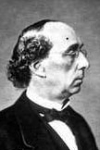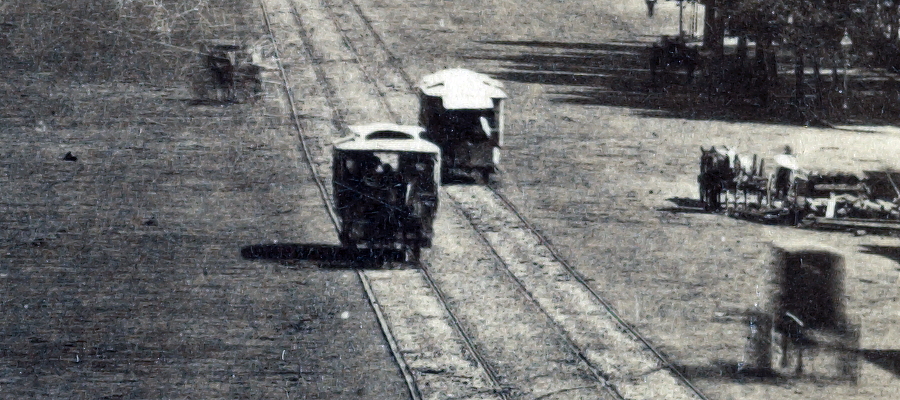 Last week, we looked at several abortive attempts to build a street railway from the Navy Yard to Georgetown. Today, we will look at the eventual successful bill and how it was implemented.
Last week, we looked at several abortive attempts to build a street railway from the Navy Yard to Georgetown. Today, we will look at the eventual successful bill and how it was implemented.
On January 20, 1862, John Hovey Rice, (pic) Representative from Maine, introduced a bill “to incorporate the Washington and Georgetown railroad,” according to the Daily National Republican of the following day. This was mostly an empty gesture. However, in contrast to previous occasions, this bill passed – first through the House, then the Senate. Along the way, it was radically rewritten, but, finally, as S.178 of the 37th Congress, 2d Session, it passed. On May 17 1862, it was signed into law by President Lincoln.
The bill listed a series of local worthies, headed by Richard H. Wallach, who was then Mayor of Washington, as one of the incorporators. Four days later, the corporation met for the first time at the National Hotel, and elected its officers. The following day, a further meeting set forth the stock that would be sold to raise money to build the railway. The project continued to move forward rapidly. Less than two months later, the Alexandria Gazette wrote that the first cars of the new railway had made it “from the Capitol to Fourteenth street.” And 18 days later, the tracks made it all the way to the State Department, with onward journeys to Georgetown completed by Omnibus.
One problem they clearly had was of impediments to their safe travel. Less than a month after the first cars had traveled along the road, Superintendent of Police William B. Webb felt it necessary to run an advertisement in the papers which included an extract of the incorporation act of the railway:
That the said company shall have at all times free and uninterrupted use of their road way. And if any person or persons shall wilfully and unnecessarily obstruct or impede the passage on or over said railway or any part thereof, […] the person or persons so offending shall forfeit and pay for every such offense the sum of five dollars to said company, and shall remain liable in addition to said penalty for any loss or damages occasioned by his, her or their act as aforesaid.
Since a ticket at the time cost 6 cents, the fine was 100 times that, so would correspond with a $200 fine today.

The Washington and Georgetown Railway in operation on Pennsylvania Avenue near the White House, ca. 1880 (LOC)
That the railway was a success could be seen via two articles that came out the following year. The first, announcing the first anniversary of its opening, told of a “serenade” played for the “popular President” of the railway, George S. Gideon. The serenade was played by none other than the Marine Band, led by Francisco Scala. The other article, two months later, was an ad for a building for sale just northeast of the Capitol, mentioning, “it is situated on the line of the Washington and Georgetown Railroad, which makes it convenient to all the Departments.”
That all not was well on the line – and that nothing really ever changes – can be seen from this quote from an article later in 1863:
At the several intersections of the Washington and Georgetown railroad a very great annoyance is produced by passengers getting on and others getting off the cars at the same time […] Not infrequently ladies are compelled to sand up inside the car, and knocked about by men who seem to have left their manners at home for the purpose of securing a comfortable seat.
For more on this railroad – and its demise, see here.
